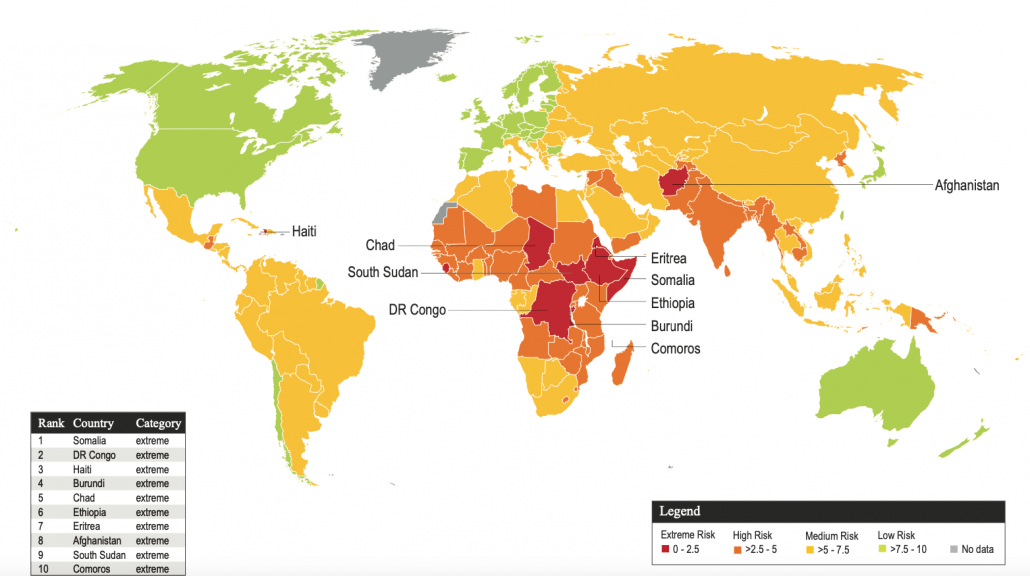
When it comes to jumping rope for cardio, there are a few things to keep in mind. Proper form matters. If you do not follow proper form, you may sustain joint strains or injury. You could even lose your effectiveness in your workouts if it is done incorrectly. Also, it is important to have a baseline for tracking your progress. It is not a good idea to begin an exercise program and then see no results.
High knee
The ability of the individual performing the cardio jump depends on their skill. Beginners can start by jumping 30 seconds consecutively and then move on to up to 50 repetitions. Jumping rope requires practice and timing, but with time it will become second nature. For beginners, the most effective workout involves jumping straight for 30 seconds, resting for 60 seconds, and repeating the sequence 9 times. As with all cardio workouts, this technique can be learned through trial and error.
Jumping for optimal results should be done in alternating feet. You should not jump higher than the rope's width as this will lead to more energy waste and increase your fatigue. For a perfect circle around your body, engage the core and ensure your arms are at a 90 degree angle. To increase comfort, you can wear sports bras that are supportive. Here are some tips for cardio: How long should you jump rope?

Alternating foot
You can improve your balance and speed by alternately using your foot while jumping rope. Begin by raising your right foot off the ground and then jumping with your left foot. Next, lower your left foot off the ground and jump with your right foot. This process can be repeated back and forth. After jumping and bouncing fast and lightly, aim to land on your feet.
Once you're comfortable with the footwork and feel confident, you can move onto the next exercise. For footwork improvement, the classic heel toe-step jump rope workout works well. Alternately, you could use a foot step jump to lose fat. For this exercise, heavy ropes should be used. With each revolution, alternate your foot. It is easier to jump rope for cardio by changing the position of each foot.
Choosing the right length of rope
You should choose the right length rope for you based on your body type and goals. You should choose a longer rope for someone who is taller than you. A shorter rope will work well for someone who is short. However, remember that you can't add back the length you cut off. Make sure to check the gauge before purchasing a rope.
To check the length of a battle rope, step on one handle with one foot. Your hands should be close to your pocket. When you pull the rope, bend your elbows slightly. To find the correct length, point the top of the rope towards your chest. The length of the rope you choose for cardio will depend on your goals and the space where the rope is to be placed. The cable should be about the same height as your sternum. The rope should not be longer than your sternum. Otherwise, it could hang over your head and hit the ground.

Creating a baseline to measure your progress
To track your progress when jumping rope for cardio, create a baseline by jotting down your previous time on one or two jumps. You must ensure proper form and perform a timed test before you can move onto more difficult exercises. While jumping rope for cardio has many advantages, the main goal of this exercise is to increase cardiovascular fitness. To achieve this goal, do a few simple steps.
First, make a baseline. Pull out a rope and set a timer on your phone or watch. Jump until you feel tired. When you're unable to jump, stop the timer. Take down the time it took you to stop. This is your baseline. You can then experiment with other footwork patterns and techniques to see what you can do.
FAQ
How often do people fast?
A majority of ketogenic dieters fast one week. Others fast twice per semaine. Others fast three or more times per week.
Every fast is different. Some people fast 24 hours, while others fast 48 hours.
Some people even go longer than 72 hours. However, extreme cases like these are rare.
What length of Intermittent Fasting should I be doing to lose weight?
It's not as easy to answer as you might think. For optimal fat loss, you need to take into account many factors. These are:
-
Your age. If you are younger than 40, intermittent fasting might be too difficult because you have less time for recovery after each fast. If you are older than 60, you might find it difficult to maintain a prolonged period of daily fasting.
-
Your current body composition. Longer periods of fasting are more beneficial if you have a lot muscle mass. However, if you have little muscle mass, then shorter periods of fasting may be better suited for you.
-
How physically active. You may need to increase your fasting time if you exercise often. This will ensure you get enough rest between workouts.
-
Your medical history. Extra fasting may be necessary for people who have heart disease, diabetes, cancer, or other medical conditions.
-
How do you handle stress? Stress can cause us to eat more. You might need to lengthen your fasting windows in order not to have this problem.
-
Which type of diet you choose. Certain diets, like ketogenic diets, may require even longer fasting periods.
-
Your sleep quality. Insufficient sleep has been associated with decreased metabolism and increased appetite. You may need to experiment before you discover what works for you.
-
The amount of protein that you consume. The ability to stabilize blood sugar levels. Eating more protein can lead to lower insulin levels. This would allow you to fast for longer periods of time.
-
Whether you're trying to gain or lose weight, people who are trying to gain weight usually require longer fasting periods than those who are trying to lose weight.
-
What proportion of calories do your fasting hours allow you to consume? Fasting for fewer calories a day can result in more fat loss than fasting to eat more calories a day.
-
Your overall fitness level. Fasters who are very fit tend to have higher metabolic rates, which allows them to burn more calories throughout the day.
-
Your gender. Men tend to have greater appetites that women, so they may need a longer fast. Women may only fast for 20-30 mins each morning because they have a smaller appetite.
-
Your lifestyle. Do you get enough physical activity? Do you do a lot of exercise each week? Is your job a long, sedentary one? These factors could affect how much you should fast.
-
How much money do your spend on food every day? Healthy eating doesn't mean you have to spend a lot on groceries. Whole grains can be substituted for white bread, whole fruits can be purchased instead of candy bars and lean meats over fatty cuts.
-
You need to be able to control your hunger. You may not have to fast as often if it is important to eat regularly.
Does intermittent fasting affect my sleep?
Yes, intermittent fasting can impact your sleep. You may notice an increase in hunger hormones if you skip meals. This can lead to you waking up early in the morning.
This is why most experts recommend skipping breakfast. Experts recommend having a light snack before going to bed.
You can still eat a small meal if you feel hungry after the snack.
Don't overeat. Otherwise, you'll end up gaining weight instead of losing it.
What is the difference between intermittent fasting or calorie restriction?
Calorie restriction is when you eat less than your body needs. Intermittentfasting is different as it doesn’t require you to restrict your calories. Instead, the emphasis is on eating fewer calories each day.
Intermittent Fasting is more efficient because you can enjoy the foods you love without feeling guilty.
Each method has its pros and cons. Decide which one you prefer.
Is cardio a way to quickly lose weight?
Cardio exercises are great at burning calories but don't help you lose weight. It all depends on how much weight you have and what type of exercise you do.
Cardio exercises may not be sufficient to lose weight if you are overweight.
These should be combined with diet and other forms of exercise.
For example, running or jogging are great cardio exercises to help you lose weight quickly. These exercises burn more calories than any other form of exercise.
However, resistance training is required if you wish to build muscles and not lose weight. Resistance training can be done without the use of machines, weights, bands, elastic band, etc.
Combining cardio exercise with resistance training is a great way to lose weight quickly.
You need to combine cardio and resistance training in order to lose weight quickly.
Statistics
- According to a study sponsored by the American Council on Exercise, a person weighing around 140 pounds (64 kg) would burn 108 calories at a 30-minute beginner's Pilates class or 168 calories at an advanced class of the same duration (26). (healthline.com)
- One 6-month study showed that simply doing 11 minutes of strength-based exercises 3 times per week resulted in a 7.4% increase in metabolic rate, on average. (healthline.com)
- It's estimated that half of all American adults attempt to lose weight every year (1Trusted (healthline.com)
- One study in 9 active men found that HIIT burned 25–30% more calories per minute than other types of exercises, including weight training, cycling, and running on a treadmill (18Trusted Source (healthline.com)
External Links
How To
How to lose weight fast without exercise
Fast weight loss is possible by eating fewer calories than you burn. This will make your body burn more fat to generate energy. Your body will start to reduce muscle tissue for energy if you don't eat enough calories. While you can still lose weight, if your diet doesn't include exercise, you'll likely lose even more muscle mass.
The key to losing weight fast without working out is to reduce your calorie intake. It is common for people to believe that they must cut down on their food intake in an effort to lose weight. If you are looking to lose weight, it is important to consume fewer calories per day than you burn. What should you eat daily? It all depends on the type of activity that you do each day. For example, a runner who walks 3 to 5 miles per day would only require 2,500 calories daily. An individual who works all day at a desk would consume around 1,600 calories each day. An individual who exercises, like lifting weights, would consume around 2,000 calories each day.
So when you're trying to lose excess pounds, you want to try cutting back on your caloric intake. Many people believe that they need to eat less because they feel starving. This is not true. Your body doesn’t care if you’re hungry or full; it simply wants to work properly. You need to track your calories intake to lose weight. You can monitor your calorie intake with many online apps. Some of these apps include MyFitnessPal, Calorie Counter, and LoseIt!